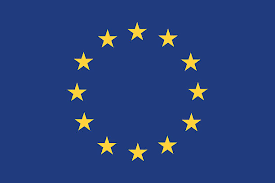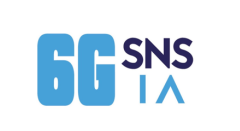
SNS JU August 2025 Newsletter
Launch of new SNS JU Call for Proposals 2025, stream D
The Smart Networks and Services Joint Undertaking (SNS JU) has published its 2025 Calls for Proposals.
The Calls are open for submission until 18 September 2025, and all information is available on the EU Funding and Tenders Portal.
- Call for proposals including Stream B and Stream C, opened on 22 May 2025: it focusses on advancing Europe’s leadership in Beyond 5G and 6G technologies. A total of €104 million in EU funding has been allocated to support these R&I activities as part of the SNS JU R&I Work Programme 2025.
All relevant information is available on the EU Funding & Tenders Portal
- Call for proposals including Stream D, opened on 18 June 2025: it focusses on supporting advanced 5G/6G Trials and Pilots in Key Vertical Sectors. With a dedicated budget of €24 million, this call for proposals is expected to explore and demonstrate technologies and advanced applications and services in key vertical domains.
All relevant information is available on the EU Funding & Tenders Portal
You can download the SNS JU Research and Innovation Work Programme (R&I WP) 2025 containing the details of the 2025 Calls for Proposals here.

Key SNS Achievements

The SNS JU Technology Board actions include to capture and highlight the significant achievements of the projects within the SNS JU.
The projects were asked to fill in a questionnaire with details of their most significant achievements. Each project should submit their three Key Achievements.
The goal is to make the most exciting results visible, and a selection of the results shared here will be published in a brochure.
The Technical Board will discuss the submissions and make the selection of the set of key achievements to be included in the publication.
The process is ongoing. Stay tuned!
6G-IA/5G-ACIA highlights, lessons learned and next steps webinar on ISAC/JCAS
The co-organised online webinar will be held on 10 October, 10:00-12:00 am CET.
The event will include representatives and presenters from 6G-IA and 5G-ACIA and will be an opportunity to present the key actions and achievements on 5G and 6G ISAC/JCAS from both 6G-IA and 5G-ACIA perspectives, targeting also to further develop synergies between both communities, in addressing the next opportunities and challenges and the related next steps and actions.
Please save the date, more information will be released/published beginning of September 2025.
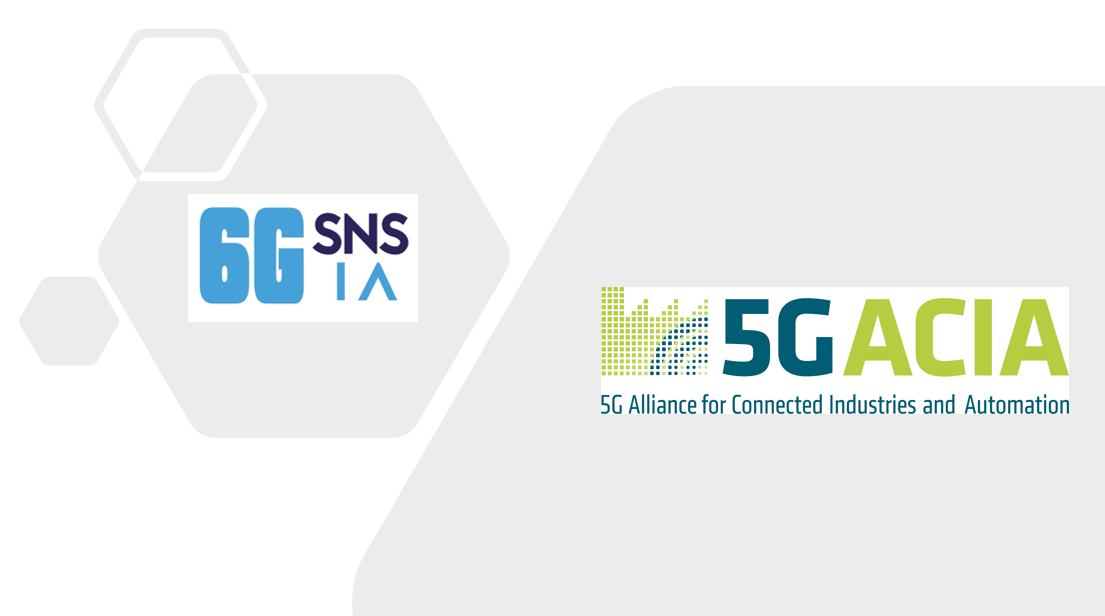
Chips JU Workshop on “Microelectronics for 6G – Front End Module
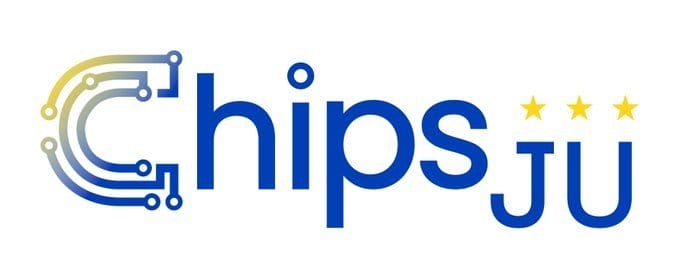
The Chips JU organises a virtual workshop on Microelectronics for 6G – Front-end Module on 9 September 2025, from 9:15 am to 12:30 pm CET.
The 6G-IA initiated several workshops and consultations since 2023 to (i) stimulate cooperation between key players from the telecoms and microelectronics domains, both from industry and research/academia, in the wake of the COREnect Roadmap1 delivered in 2021 and (ii) identify microelectronics components of high priority for 6G where the two domains could define joint focused industrial actions to frame future promising investments.
This joint work has led to the identification of the 6G “Front End Module” (FEM), i.e. the radio reception/transmission part and traffic processing that constitutes a key and high value part of a Radio Access Network (RAN), which in itself constitutes about 80% of the value of a mobile network, as an important topic, which was the subject of a comprehensive report (early 2024), endorsed by AENEAS2 and provided a tentative roadmap for implementation by SNS/Chips JU.
In May 2025, 6G-IA organised a follow up workshop for the definition of R&I priorities in microelectronics components for 6G where participants from both the telecoms and microelectronics domains, including industry and research organisations, reconfirmed their high interest in continuing to address the FEM activity at FR3 (7-15 GHz) as a priority frequency band with follow-up actions in future calls.
The aim of this “Microelectronics for 6G – Front End Module” workshop is to gather detailed feedback about the needs, challenges and priorities of relevant stakeholders for a Focus Topic under consideration on the FEM extension, which is a strategic domain for 6G developments. The Focus Topic would also aim at supporting innovation in the sector and would be part of the Chips JU Work Programme 2026 in complement and synergy with the planned FEM activities under the SNS programme.
The workshop will be structured in two sessions: the first one centred on FEM semiconductor enabling technologies and R&I requirements that are needed to secure the technological basis to develop a FEM; the second one centred on integration/validation aspects, PoC developments and pre industrialisation through use of Pilot lines. Each one of them will include: i) ii) Presentation of the proposal for FEM extension. Feedback round from participants (telecoms and microelectronics industry representatives, RTOs). iii) Views of the Chips JU industrial associations (AENEAS, INSIDE13, EPoSS14) and of Participating States. iv) Wrap up and conclusions focusing on the elements needed for a draft focus topic on a FEM extension.
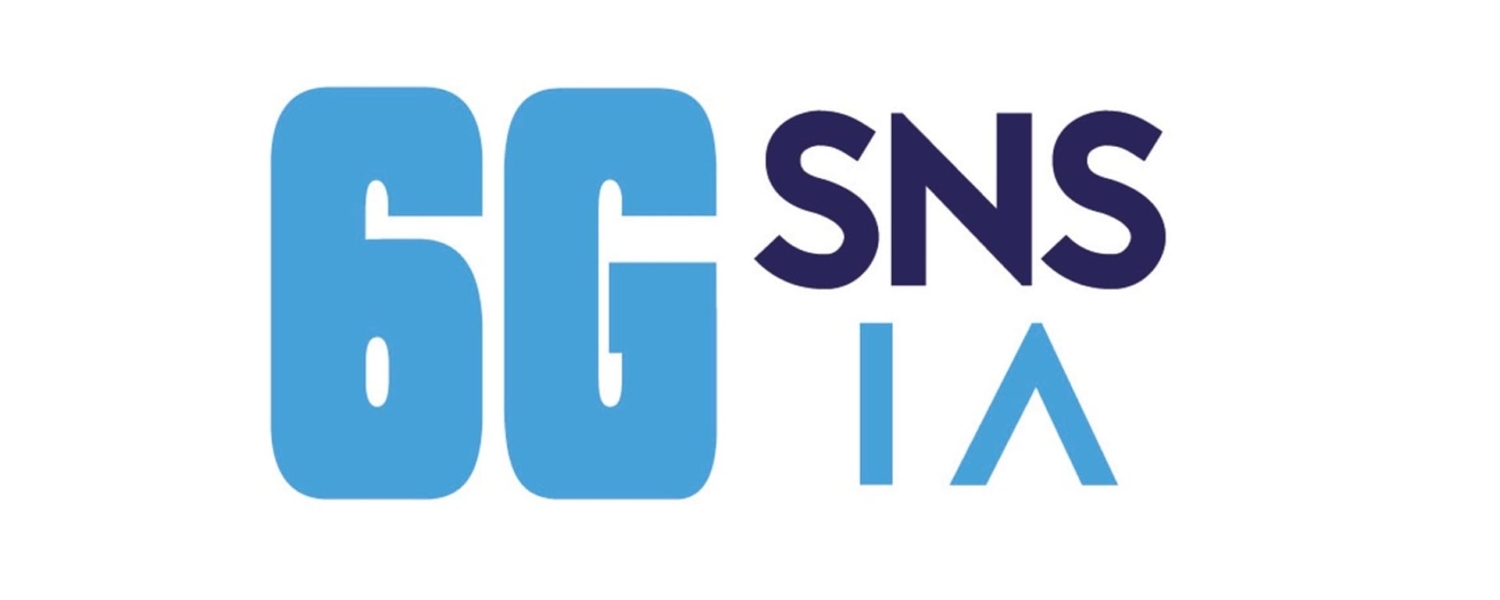
Technical Annex to Strategic Research and Innovation Agenda (SRIA) 2022-2027
The Technical Annex of the 2024 Strategic Research and Innovation Agenda (SRIA) was published in May 2025, making it a significant step forward from the previous 2022 SRIA.
The document is the outcome of a long process, involving hundreds of experts, contributing in different stages to reach a stable view on what would be the R&D priorities in the communications domain – which increasingly encompass more engineering disciplines.
The document also benefits from interactions with different bodies from different domains (e.g. AIoTI, ECSO, or ERTICO amongst others), which helped us properly frame our challenges.
A word of profound thanks is due to the Networld Europe Expert Group, all SRIA contributors, and specially to the Editorial Team involved in this process. The different technological domains are so wide that a significant effort from a (not so) small team was required to steer the efforts of our community and edit this document. Our community is in debt to the Expert Group Chairs and to the whole SRIA Editorial Team, to be able to pull this document through, and keep our sights updated, an essential task in our very dynamic technological area.
Feel free to check the document in the whitepaper page, https://www.networldeurope.eu/sria-and-whitepapers/, and we hope this is useful for framing your research and innovation activities and its potential impact.

Draft MFF out: Close to two trillion € strategic EU investment agenda for 2028-2034
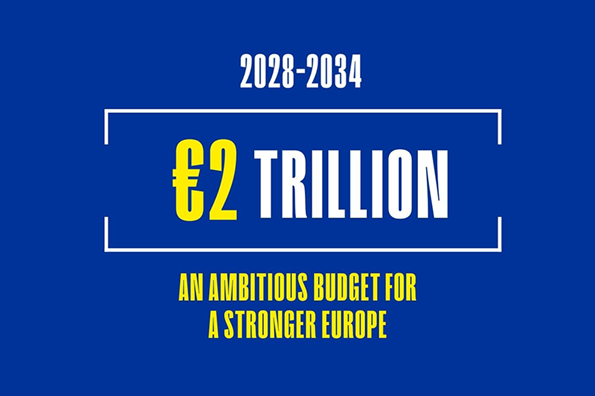
The draft Multi-annual Financial Framework (MFF) is out: Two trillion € ambitious budget for a stronger Europe 2028-2034. It will be finalised within two years of negotiations (2025-2027: negotiation period, end of 2027: target date for MFF adoption, January 2028: start of new MFF).
Europe faces an increasing number of challenges in numerous areas such as security, defence, competitiveness, migration, energy and climate resilience. These are not temporary but reflect systemic geopolitical and economic shifts that require a strong and forward-looking response.
Hence, the European Commission presented on 16 July 2026 its proposal for an ambitious and dynamic Multiannual Financial Framework (MFF). This framework will equip Europe with a long-term investment budget matching its ambitions to be an independent, prosperous, secure, and thriving society and economy over the coming decade.
In parallel, the Commission launched a structured reflection process for the review of the EU Anti-Fraud Architecture. The review will complement the preparatory work on the next MFF. Its aim is to ensure a strengthened and more efficient protection of the Union’s financial interests.
President Ursula von der Leyen stated: “Our new long-term budget will help protect European citizens, strengthen Europe’s social model and make our European industry thrive. In a time of geopolitical instability, the budget will allow Europe to shape its own destiny, in line with its vision and ideals. A budget that supports peace and prosperity and promotes our values is the best tool we can have during these uncertain times.”
More information on the MFF for 2028-2034 is available online, in a press release and questions and answers. A press release on the EU Anti-Fraud Architecture is equally available online. Factsheets on the different decisions within today’s MFF proposal will be published at a later stage today.
Here are some key initial highlights:
- National and Regional Partnership Plans (NRPP): Cohesion, Farms, Borders, Social, Security — € 865 billion
The new National and Regional Partnership Plans are the backbone of the MFF. Think of them as one-stop funding shops tailored per Member State. Bundled inside:
- € 453 billion for economic and social cohesion
- € 295.7 billion for food security and fisheries
- € 63.2 billion for EU-wide actions like social infrastructure, inter-city cooperation, and disaster response
- € 34.2 billion for migration and border management
- European Competitiveness Fund for a Europe’s Tech and Industry Push – € 450.5 billion
- Defence, security and space: € 130.7 billion
- Clean transition and decarbonisation: € 67.4 billion
- Digital leadership: € 54.8 billion – chips, clouds, AI factories
- Health, biotech, agriculture and bioeconomy: € 22.6 billion
Horizon Europe (HE) with € 175 billion stays separate under the European Competitiveness Fund. HE is structured around four familiar pillars: Excellent Science, Innovation, Society and the European Research Area.
Connecting Europe Facility (CEF) with € 81.4 billion will finance Trans-European Networks and green energy and transport (CEF Transport: € 51.5 billion and CEF Energy: € 29.9 billion)
Erasmus+ receives € 40.8 billion — doubling down on youth, skills and solidarity
Union Civil Protection Mechanism brings € 10.7 billion for crises, pandemics and disasters
The Single Market Programme gets € 6.2 billion.
For Ukraine, the EU has earmarked € 100 billion.
The 5G Observatory offers key data on 5G networks across the EU and other key regions worldwide
The European 5G Observatory is a monitoring facility designed to track progress in 5G technology and market developments across the EU and other regions worldwide. The European 5G Observatory covers the 27 EU Member States, and 20 additional non-EU countries, offering a comprehensive view of 5G developments across Europe and beyond.
The European 5G Observatory tracks a wide range of data on 5G deployments since 2018, including use of 5G standalone for verticals and radio spectrum assignments.
The European 5G Observatory is a valuable resource for anyone interested in the development of 5G networks.
In particular, the 5G Observatory offers:
- Comprehensive data: the Observatory covers a wide range of metrics, from network coverage to market developments, making it a comprehensive information source for 5G insights
- Easy comparisons: the interactive data visualisation tool will allow you to compare data across countries and metrics, helping you identify trends and gaps
- Accessibility: the data will be available for download, making it easy for you to conduct your own analysis
- Transparency: the 5G Observatory’s methodology will explain how the data is collected and processed, ensuring transparency
News and reports are available here. The latest 5G Observatory report and scoreboard were published in June 2025. The latest and 21th Digital Decade report was also released in June 2025.

The key areas explored are:
- 5G network coverage: track 5G coverage at national level and explore rural and indoor coverage across different frequency bands
- Deployment progress: monitor the number of 5G base stations installed and learn about key milestones, such as standalone (SA) and non-standalone (NSA) network launches
- Quality of service and usage: check the availability of 5G-enabled devices, SIM card penetration rates, and mobile broadband adoption trends
- Spectrum allocation: see how radio frequencies are assigned, auctioned and shared for 5G use
- Infrastructure investment: track national investments in 5G networks and explore private networks and network-sharing initiatives
- Market developments: review operator market shares and assess the performance of major telecom equipment vendors
- Policy developments: learn about policy and legal developments affecting 5G
- 5G verticals: learn about 5G private networks designed for specific industries or applications, and explore standalone 5G deployment, including its use in 5G corridors for connected and automated mobility (CAM)

- PIMRC 2025, 1-5 September 2025
- 2025 Glue Technologies for Space Systems Technical Panel Ph.D. Summer School, 1-5 September 2025
- 5th ACM International Conference on Information Technology for Social Good, 3-5 September
- SNS CO-OP webinar series on National Initiatives: Resilience in 6G – the Finnish view, 4 September 2025
- ACM SIGCOMM, 8-11 September 2025
- TARGET-X Webinar: Outcome and Results, 9 September
- DETERMINISTIC6G Final Project Summit, 11 September 2025
- IEEE Conference on Standards for Communications and Networking, 15-17 September 2025
- Chips JU Front-End Module online Workshop, 16 September 2025
- The European Research and Innovation days 2025, 16-17 September 2025
- SoftCom 2025, 18-20 September 2025
- NetworldEurope – Workshop: Non-Terrestrial Networks, 19 September 2025
- European Microwave Week 2025, 21-26 September 2025
- 6G Forum at the EuMW 2025, 22 September 2025
- EN-IOT – 2nd Workshop on Energy Neutral and Sustainable IoT Devices and Infrastructure, 22 September 2025
- AIOTI Days 2025, 22-23 September 2025
- 5G-ACIA 35th Plenary Meeting in Frankfurt am Main, 22-24 September 2025
- FNS Partner Event & National 6G Conference, 7 October 2025
- WueWoWAS’25, 6-8 October 2025
- 6G Forum 2025, 7-9 October 2025
- 5G Community Conference, 8 October 2025
- 6G-IA – 5G-ACIA Webinar, 10 October 2025
- India Mobile Congress, 8-11 October 2025
- Network X, 14-16 October 2025
- NEM Summit 2025, 21-22 October 2025
- Techritory 2025, 22-23 October 2025
- 6G-TWIN webinar series: 2nd session on “Smart Data, Trusted AI: Leveraging telemetry and federated intelligence in telecom networks”, 23 October 2025
- Brooklyn 6G Summit, 23-25 October 2025
- Mobile Korea 2025, 27-30 October 2025
- 6G-XR Impact Day – Advancing Immersive Connectivity for the 6G Era, 28 October 2025
- Thinknet 6G Summit 2025: Bavaria Innovative, 28-29 October 2025
- Brooklyn 6G Summit, 5-7 November 2025
- IEEE Conference on Network Functions Virtualization & Software Defined Networks, 10-12 November 2025
- Empowering 6G Networks: 2nd Workshop on Advancements in Research Infrastructures, Adaptive Frameworks, and Global Architectural Evolution (ATHENA 2025), 10-12 November 2025
- V2G Leaders Europe, 20 November 2025
- EFECS 2025, 3-4 December 2025
- IEEE – 6th Workshop on “Emerging Topics in 6G Communications”, 8-12 December 2025
- Globecom 2025, 8-12 December 2025
- 6GNet, 17-19 December 2025
- ETSI Event Software & Standards for Smart Networks & Services 2026, 2-5 February 2026
- MWC 2026, 2-6 March 2026
- INFOCOM 2026, 18-21 May 2026
- EuCNC & 6G Summit 2026 – Malaga, Spain, 2-5 June 2026

